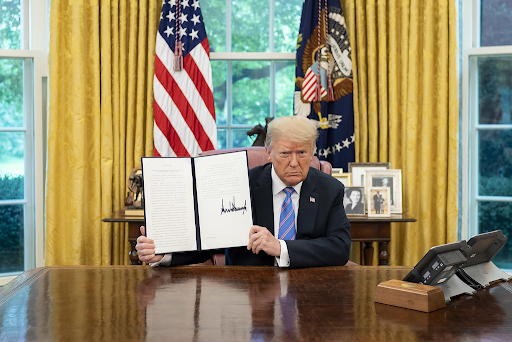Donald Trump’s latest tariff strategy appears to be deliberately creating a two-tiered system among its European allies, separating them into winners and losers based on their investment in the United States. This approach is sowing division and uncertainty, with companies that have established a US manufacturing footprint expecting to be spared, while those that haven’t are left facing catastrophic duties.
The clearest example of this division is in the pharmaceutical sector. Swiss giants Roche and Novartis have publicly stated they anticipate no impact from the threatened 100% drug tariff, citing their ongoing investments in American facilities. This places them in the “winner” category. In stark contrast, the UK’s pharmaceutical industry, which was left out of a prior trade deal, finds itself in the “loser” column, staring down the barrel of a potentially business-ending tariff.
This policy of rewarding onshoring is a hallmark of the “America First” agenda. It transforms trade from a system of mutual exchange into a loyalty test, where the prize for investing in the US is exemption from punitive measures. It’s a powerful incentive that is forcing a strategic rethink in boardrooms across Europe.
The British government is now in the unenviable position of trying to negotiate a solution for an industry that falls on the wrong side of this divide. Their calls for an outcome that “reflects the strength of our relationship” are running up against a policy that values domestic investment far more than diplomatic history.
This divide-and-conquer tactic extends to other sectors as well. The 25% tariff on trucks will hurt some European manufacturers more than others, depending on their production and supply chain configurations. The end result is a fragmented and anxious European business community, where a company’s survival may depend less on the quality of its products and more on its physical presence in the United States.

